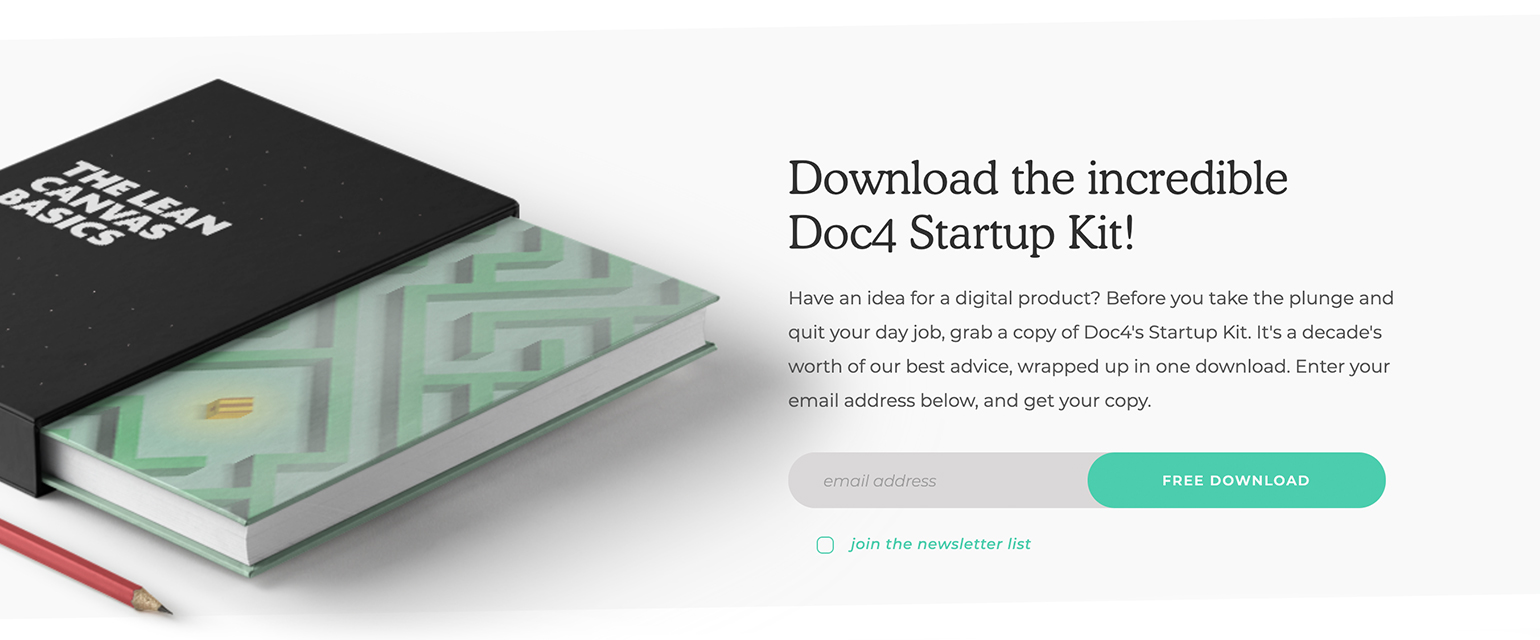B2B Websites – Your Customers Demand More
Are you Prepared to Deliver?
The B2B customer journey involves a lot of research, communication, and support. The highly specialized services and specific needs of each customer make the B2B decision-making process complex and unique. B2B websites, therefore, are tasked with simplifying the process while facilitating a positive, brand-specific experience.
Trust and credibility are especially important throughout the B2B customer journey, as buyers are often embarking on long-term vendor relationships that will require ongoing support, follow-up, future enhancements, add-ons, etc.1
The Online B2B User Journey
When looking for suppliers and vendors, online search is the preferred method— with 89% of B2B researchers turning to the Internet to make purchasing decisions. Who's making these decisions? According to Google, 64% of those who have final sign-off on purchase decisions are C-Suite Executives, but almost a quarter (24%) of non-C-suite buyers also have final say. In fact, non-C-suite buyers make up 81% of influence across purchase decisions.3
As a hub for online research, B2B websites should express credibility in a way that is quickly and easily understood. B2B websites can establish credibility by showcasing facts, testimonials and work examples.2 To further simplify the B2B buying process, vendors should actively work to bridge information gaps across each stage of the user journey. Guide and educate the buyer by providing accessible, in-depth information. This will enable buyers to accurately judge how well your company's offerings suit their needs.
Basic Information Should Be Simple and Clear
- Make sure product information is as complete as possible.
- Avoid industry jargon.
- Be intentional and explicit about the distinguishing features of your product or
services. - Provide helpful summaries that can be easily understood by first-time visitors.
- Create guides, white papers and articles to help the buyer on his journey.
B2B websites are indispensable to searchers, making them ideal connecting points between brands and potential clients. While B2B websites may not have an "Add to Cart" button, other calls-to-action can help B2B sales teams follow-up on potential leads. Placing helpful resources, such as white papers, behind a "pay wall" (such as the one pictured below) is a common lead generation tactic for B2B websites.

(Above is an example of a pay wall requiring contact information.)
As a rule of thumb, specialists recommend that B2B websites provide as much "free" information as possible so researchers can easily find the information they need.1 Information behind a pay wall should speak to a more advanced audience (e.g., buyers and C-suite executives) who would benefit from supplementary information and insights.
Another point to consider when developing a lead generation strategy is the level of trust held between you and your customer. A certain level of credibility must be established before people are willing to give out their contact information.
Trust and credibility are earned through positive user experiences. From the very moment he lands on your site, a buyer will show little patience for distractions and roadblocks.2
Ultimate Tips for Building B2B Credibility
- Keep your contact information clearly visible throughout the site
- Clearly represent your services, products, and offerings
According to Huff Industrial Marketing,2 animated ads and pop-ups are among top annoyances that cause buyers to leave websites. When in doubt, defer to options that put the user in control. Give them the choice to opt-in and they'll appreciate it. Poor design and navigation is another discrediting factor, a common and unfortunate aspect of many B2B sites.
Because B2B site goals are substantially more complex than those on the typical consumer site, they require a higher investment in usability.1 More complicated tasks require more variables and thus are more likely to create errors. To help buyers accomplish more complex tasks, B2B websites must invest in the supportive interfaces needed to facilitate a positive user experience.¹
"Remove anything on your website that gets in the way of a smooth and efficient experience for prospects."2
Following a multi-step purchase path, the B2B buyer will visit a website 3-5 times before he will take action. Where does the buyer go when he leaves your site? Well, 87% of B2B buyers reported leaving a website to evaluate competitive products and solutions. They will also leave a website to search for evidence of a company's social credibility (e.g., reviews, testimonials and activity on social media outlets).2
"If you can frame how people think about their problems, you're half way to selling them."1
Statistically, speaking, this quip is actually true. Once a prospect engages on a B2B website, you can expect him to be about halfway to making a decision.3 By offering preliminary information and guidance, B2B websites gain educated buyers who are empowered to make good purchasing decisions.
With a customer journey built on trust and support, the B2B website must contain helpful information for the entire life cycle of a product or service. Post-sale stages are crucial to long-term brand loyalty and building relationships. Consider what issues your customer will need help with in the future and be proactive about offering solutions.
Is it Time to Upgrade Your B2B Website?
Contact Michael White at 479-202-8634
Additional Details
